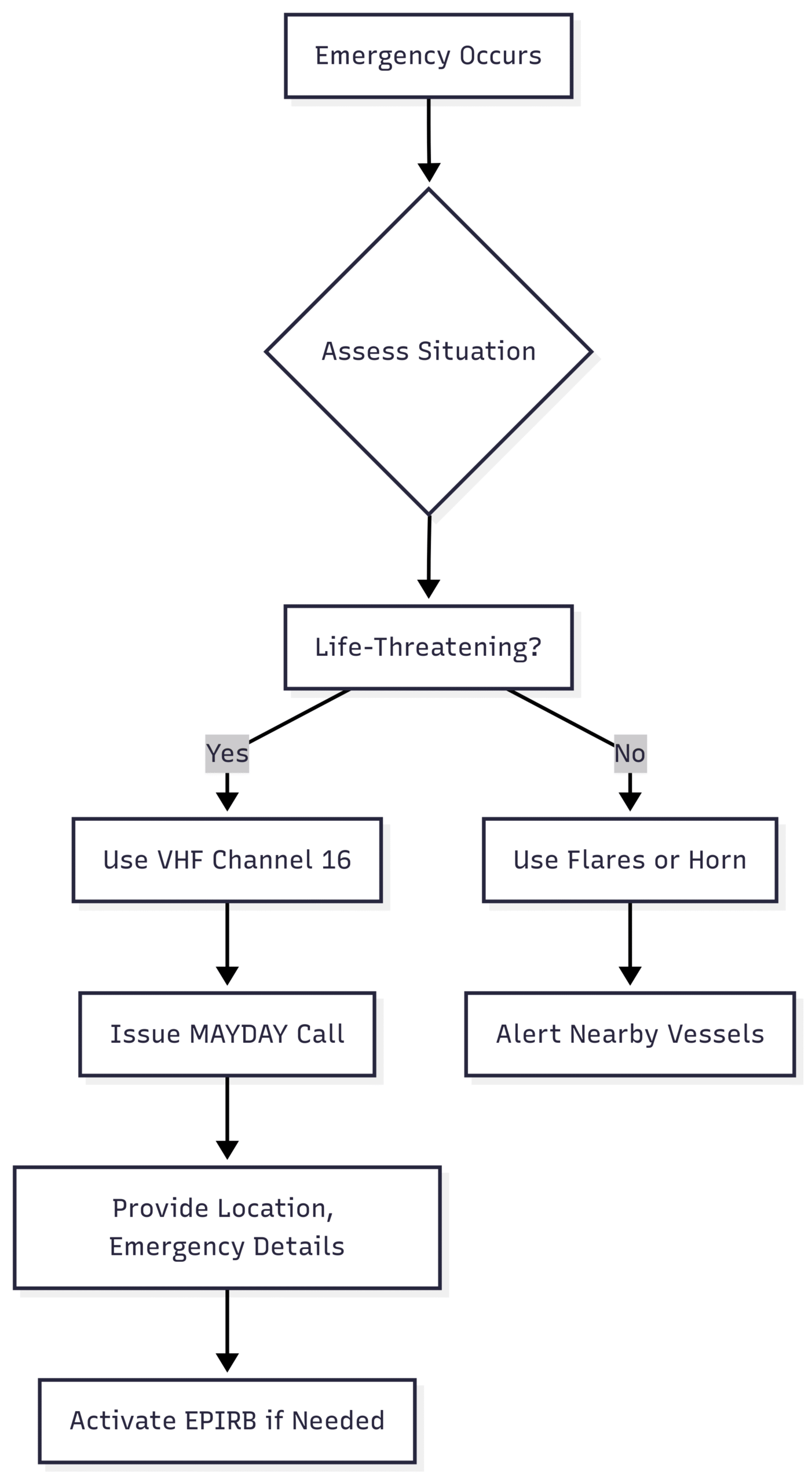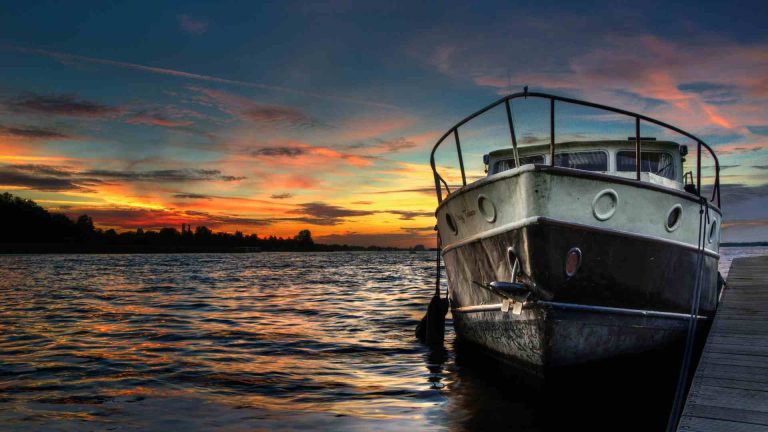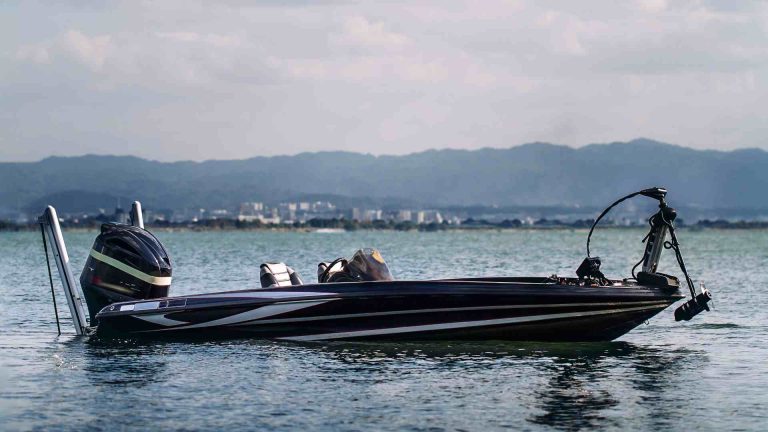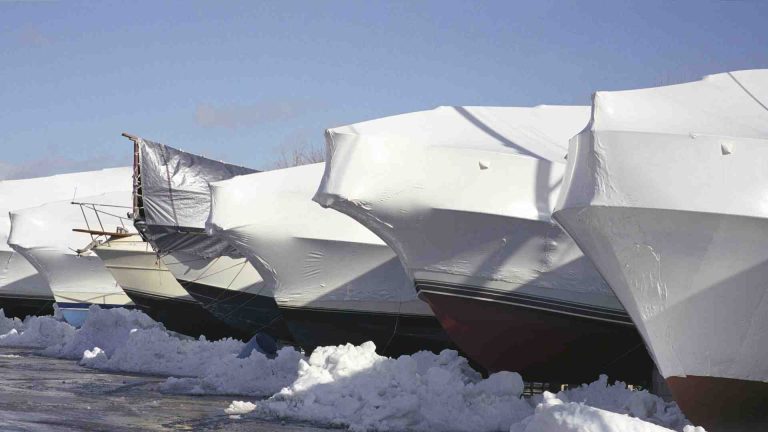Emergency Preparedness Tips and Checklist for Boaters
Master boat emergency preparedness with our comprehensive guide. Learn essential tips, drills, and checklists to ensure safety on the water.
Boating offers unparalleled freedom on the open water, but with that freedom comes responsibility. Emergencies can strike without warning—whether it’s a man overboard, a fire, a collision, or a mechanical failure. Being prepared is not just a precaution; it’s a necessity to ensure the safety of everyone on board. This comprehensive guide provides actionable tips, detailed drills, and a checklist to equip boaters with the knowledge and tools needed to handle emergencies effectively. From prevention strategies to response protocols, we’ll cover everything you need to stay safe and confident on the water.
Why Emergency Preparedness Matters
Emergencies on the water are unpredictable and can escalate quickly due to the unique challenges of the marine environment. Limited access to immediate help, changing weather conditions, and the confined space of a vessel demand a proactive approach. According to the U.S. Coast Guard, over 4,000 boating accidents occur annually, with many preventable through proper preparation and training. By mastering safety drills, maintaining equipment, and understanding emergency procedures, boaters can mitigate risks and respond decisively when seconds count.
Prevention: The Foundation of Safety
Prevention is the first line of defense against boating emergencies. A well-prepared boater minimizes risks through proactive measures, regular maintenance, and thorough planning. Below are key prevention strategies every boater should implement.
Regular Safety Drills
Conducting safety drills ensures that everyone on board knows how to respond in a crisis. Practice scenarios such as man overboard, fire, collision, and sinking to build muscle memory and confidence. Assign roles during drills—designate who will steer, deploy flotation devices, or operate communication systems. Regular practice reduces panic and ensures swift, coordinated action.
Proper Equipment Maintenance
Maintaining safety equipment is critical. Regularly inspect life jackets, fire extinguishers, flares, and communication devices to ensure they’re in working order. For example, check that life jackets are free of tears and fit properly, and verify that fire extinguishers are fully charged. Replace expired flares and test batteries in radios and emergency beacons.
Comprehensive Safety Briefings
Before every trip, brief passengers on safety procedures. Show them the locations of life jackets, fire extinguishers, and emergency exits. Explain how to use a VHF radio and what to do in case of a man overboard or fire. A clear briefing ensures everyone is on the same page, reducing confusion during an emergency.
Emergency Communication Systems
Reliable communication is a lifeline in emergencies. Equip your boat with a VHF radio, which is the primary tool for contacting the U.S. Coast Guard and nearby vessels. Tune to Channel 16 for emergencies and practice sending a distress call. Consider investing in an Emergency Position-Indicating Radio Beacon (EPIRB) or a satellite phone for offshore trips where cell service is unreliable. An EPIRB, for instance, can transmit your location to rescue services, significantly improving response times.
Table 1: Recommended Communication Devices
| Device | Purpose | Approx. Price (USD) |
|---|---|---|
| VHF Radio | Primary distress communication | $100–$500 |
| EPIRB | Satellite-based location signaling | $400–$1,000 |
| Satellite Phone | Backup communication for remote areas | $500–$1,500 |
| PLB | Personal locator beacon for rescue | $250–$500 |
Float Plan
A float plan is a critical safety tool. Share your itinerary, including your route, destination, and expected return time, with a trusted friend, relative, or the U.S. Coast Guard. Include details like the number of passengers, boat description, and emergency contacts. If you don’t return as planned, this information helps rescuers locate you quickly.
Weather Monitoring
Weather can change rapidly on the water. Check forecasts before departure and monitor conditions during your trip using apps like NOAA Weather or marine-specific tools like Windy. Avoid boating in severe weather, and be prepared to return to shore if conditions deteriorate.
Training and Certification
Enroll in a boating safety course, such as the U.S. Powerboating Safe Powerboat Handling program. These courses cover navigation, emergency response, and boat handling, equipping you with the skills to manage crises. Certification is often required for state boating licenses and enhances your confidence on the water.
Fire Safety
Prevent fires by inspecting fuel lines for leaks, securing flammable materials in ventilated compartments, and installing smoke and carbon monoxide detectors. Ensure fire extinguishers are marine-rated and easily accessible. Regular engine room ventilation before starting the engine reduces the risk of fuel vapor ignition.
Emergency Procedures: Acting Under Pressure
When an emergency occurs, staying calm and following established procedures can save lives. Below are detailed protocols for common boating emergencies, each accompanied by actionable steps.
Man Overboard (MOB)
A man overboard situation requires immediate action to ensure a safe recovery. Here’s how to respond:
- Alert the Crew: Shout “Man Overboard” to notify everyone on board. Assign one person to keep the individual in sight at all times.
- Deploy Flotation Device: Throw a life ring, buoy, or cushion to the person in the water to help them stay afloat and mark their location.
- Mark the Location: Use GPS or a physical marker to log the incident’s position. Many modern navigation systems have an MOB button for this purpose.
- Maneuver the Boat: Reduce speed and turn the boat toward the person, approaching into the wind to maintain control. Avoid getting too close to prevent propeller injuries.
- Recover the Person: Use a ladder, net, or rescue sling to assist the person back on board. Be cautious of waves and boat movement.
Chart: Man Overboard Recovery Process

Tips for Success:
- Practice with a dummy object to simulate a person.
- Assign roles in advance to streamline the response.
- Review each drill to identify areas for improvement.
Fire Onboard
Fires are among the most dangerous emergencies on a boat due to the confined space and flammable materials. Follow these steps:
- Stop the Engine: Immediately shut off the engine to reduce fuel flow and prevent the fire from spreading.
- Evacuate Passengers: Move everyone away from the fire to a safe area, ideally upwind.
- Use Fire Extinguisher: Apply the PASS technique (Pull, Aim, Squeeze, Sweep) to aim at the fire’s base. Ensure extinguishers are marine-rated (Type B or BC).
- Signal for Help: If the fire is uncontrollable, issue a MAYDAY call on VHF Channel 16, providing your location and situation.
Fire Extinguisher Specifications:
- Type: Marine-rated, Type B (flammable liquids) or BC (flammable liquids and electrical).
- Size: At least 5-B for small vessels, 10-B for larger boats.
- Price: $30–$100, depending on size and brand.
Collision or Hull Breach
A collision or hull breach can compromise your vessel’s integrity. Act quickly to stabilize the situation:
- Assess Damage: Inspect the impact zone for cracks or water ingress. Check below deck for leaks or structural damage.
- Activate Bilge Pumps: Turn on bilge pumps to manage incoming water.
- Plug Leaks: Use emergency plugs, rags, or other materials to slow water flow.
- Signal for Help: Use VHF Channel 16 to issue a MAYDAY call if the situation is life-threatening.
Communication Protocols
Effective communication is critical during emergencies. Follow these guidelines:
- VHF Radio: Tune to Channel 16 and issue a MAYDAY call for life-threatening situations. State “MAYDAY” three times, followed by your boat’s name, location (GPS coordinates or landmarks), nature of the emergency, and number of people on board.
- Alternative Devices: If the radio fails, activate an EPIRB or use a satellite phone.
- Visual/Audible Signals: Deploy flares (red for night, orange smoke for day) or use a horn for repetitive short bursts to alert nearby vessels.
Chart: Emergency Communication Flow

Securing the Scene
After addressing the immediate emergency, continue assessing for hazards like additional leaks or fire risks. Keep passengers informed to maintain calm and ensure everyone wears life jackets until safety is assured.
Key Safety Equipment Checklist
A well-equipped boat is essential for emergency preparedness. Below is a checklist of U.S. Coast Guard-required and recommended items, along with specifications and approximate costs.
Table 2: Essential Boating Safety Equipment
| Item | Description/Specification | Approx. Price (USD) |
|---|---|---|
| Life Jackets (PFDs) | Type I, II, or III; one per passenger | $20–$100 each |
| Throwable Flotation | Cushion or life ring | $15–$50 |
| Fire Extinguisher | Marine-rated, Type B or BC | $30–$100 |
| Flares | Red handheld or parachute, orange smoke | $20–$50 per set |
| First-Aid Kit | Includes bandages, antiseptic, gloves | $20–$50 |
| VHF Radio | Waterproof, Channel 16 capable | $100–$500 |
| EPIRB | Satellite-based distress signal | $400–$1,000 |
| Navigation Lights | Red/green sidelights, white stern/masthead | $50–$200 |
| Sound Signaling Device | Horn or whistle | $10–$50 |
| Anchor and Rode | Suitable for boat size, 5:1–7:1 scope ratio | $50–$300 |
Tips for Equipment:
- Store items in accessible, waterproof containers.
- Check expiration dates on flares and extinguishers.
- Test radios and beacons before each trip.
Additional Emergency Scenarios
Beyond the core emergencies, boaters must be prepared for other situations, such as mechanical breakdowns, low-visibility navigation, hypothermia, disabled passenger safety, and sudden illness or injury.
Mechanical Breakdown
A mechanical failure can leave you stranded. Follow these steps:
- Deploy Anchor: Choose a safe spot with good holding ground (sand or mud). Lower the anchor slowly with a 5:1–7:1 scope ratio to prevent drifting.
- Use Backup Power/Tools: Carry a portable power bank (e.g., Anker 400, $100–$200) and a toolkit with wrenches, screwdrivers, and duct tape for quick fixes.
- Signal for Help: Use VHF Channel 16 or flares to request assistance if needed.
Low-Visibility Navigation
Navigating in fog, rain, or darkness requires caution:
- Use Navigation Lights: Activate red/green sidelights and white stern/masthead lights.
- Sound Signals: Use a horn for one prolonged blast every two minutes when underway.
- Slow-Speed Maneuvering: Reduce speed and use radar or GPS to monitor your position.
Hypothermia Prevention
Cold water or weather can lead to hypothermia. Take these steps:
- Warming Techniques: Provide dry clothing, blankets, or chemical heat packs. Offer warm, non-alcoholic beverages.
- Recognize Symptoms: Watch for shivering, slurred speech, or confusion. Act quickly to warm the person and seek medical help for severe cases.
Table 3: Hypothermia Symptoms and Actions
| Stage | Symptoms | Action |
|---|---|---|
| Mild | Shivering, cold skin | Move to warm area, dry clothing |
| Moderate | Confusion, slowed movements | Apply heat packs, seek medical help |
| Severe | Weak pulse, unconsciousness | Immediate warming, call for help |
Disabled Passenger Safety
Ensure inclusivity by preparing for passengers with mobility challenges:
- Secure Mobility Devices: Use marine-grade tie-downs and non-slip mats to stabilize wheelchairs.
- Evacuation Assistance: Assign crew members to assist, use ramps or hoists, and practice evacuation drills.
Sudden Illness or Injury
Medical emergencies require prompt action:
- Administer First Aid: Use a well-stocked kit to treat cuts, sprains, or heat exhaustion. Apply direct pressure for severe bleeding.
- Radio for Help: Use VHF Channel 16 to report the emergency, providing location and medical details.
Training for Success
Enrolling in a boating safety course, such as the U.S. Powerboating Safe Powerboat Handling program, is highly recommended. This 16-hour course combines classroom learning with hands-on training, covering:
- Safe boat operation
- Close-quarters handling
- Docking and departure
- Person-in-water recovery
- Navigation rules
The course, priced at approximately $400–$600, is NASBLA-approved and includes a State Boating Education Card. Training on your own boat is an option for personalized instruction.
Conclusion: Be Prepared, Stay Safe
Emergency preparedness is the cornerstone of safe boating. By implementing prevention strategies, practicing drills, and equipping your vessel with essential safety gear, you can navigate crises with confidence. Regular training builds muscle memory, fosters teamwork, and ensures everyone on board knows their role in an emergency. Whether you’re a seasoned boater or a beginner, prioritizing safety ensures that every trip ends with everyone returning to shore safely. Take the first step today—review your equipment, practice your drills, and consider enrolling in a safety course to master the skills that could save lives.
Share Emergency Preparedness Tips and Checklist for Boaters with your friends and Leave a comment below with your thoughts.
Read Catch and Release Fish: 7 Effective Strategies for Boaters until we meet in the next article.






